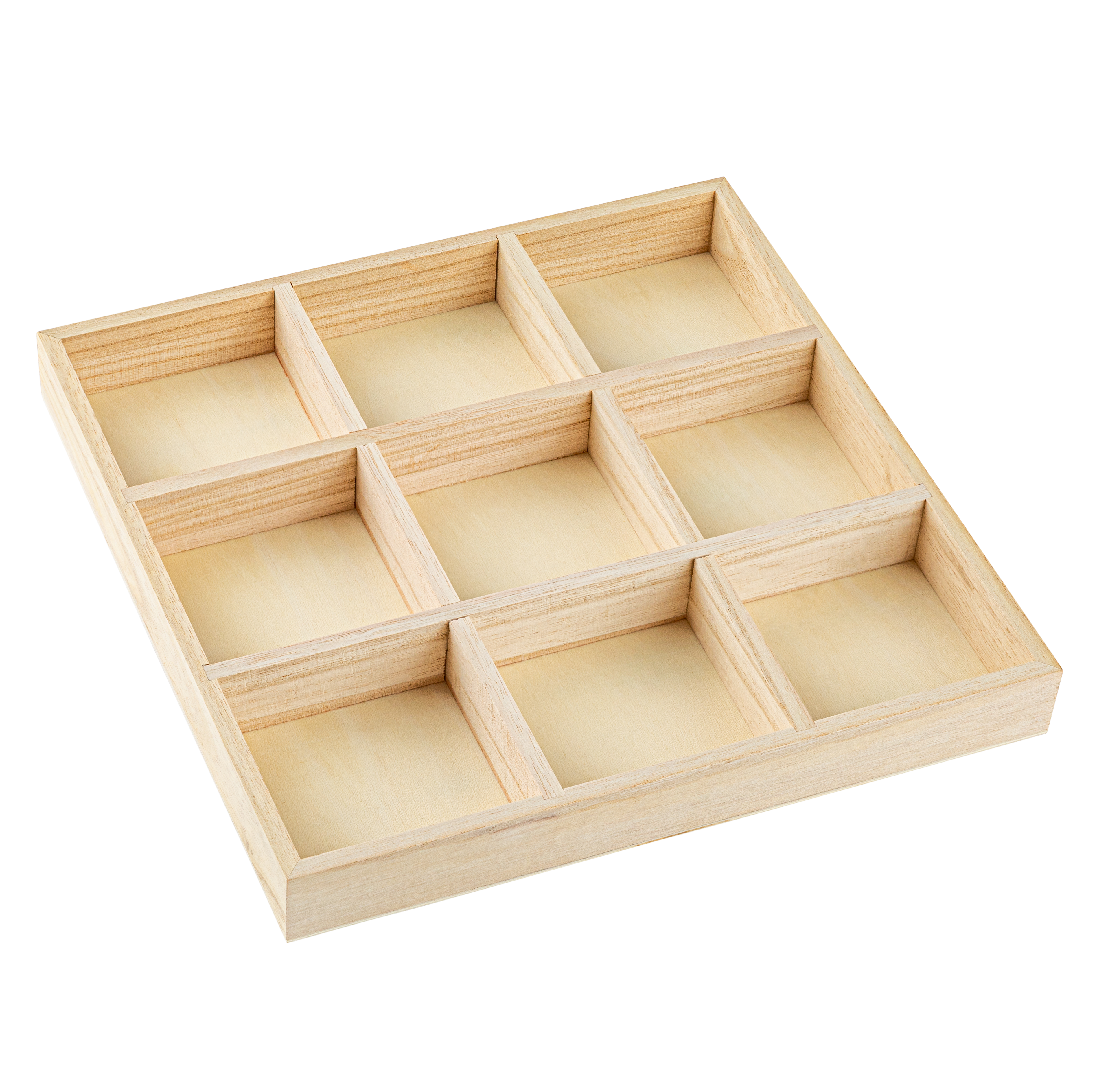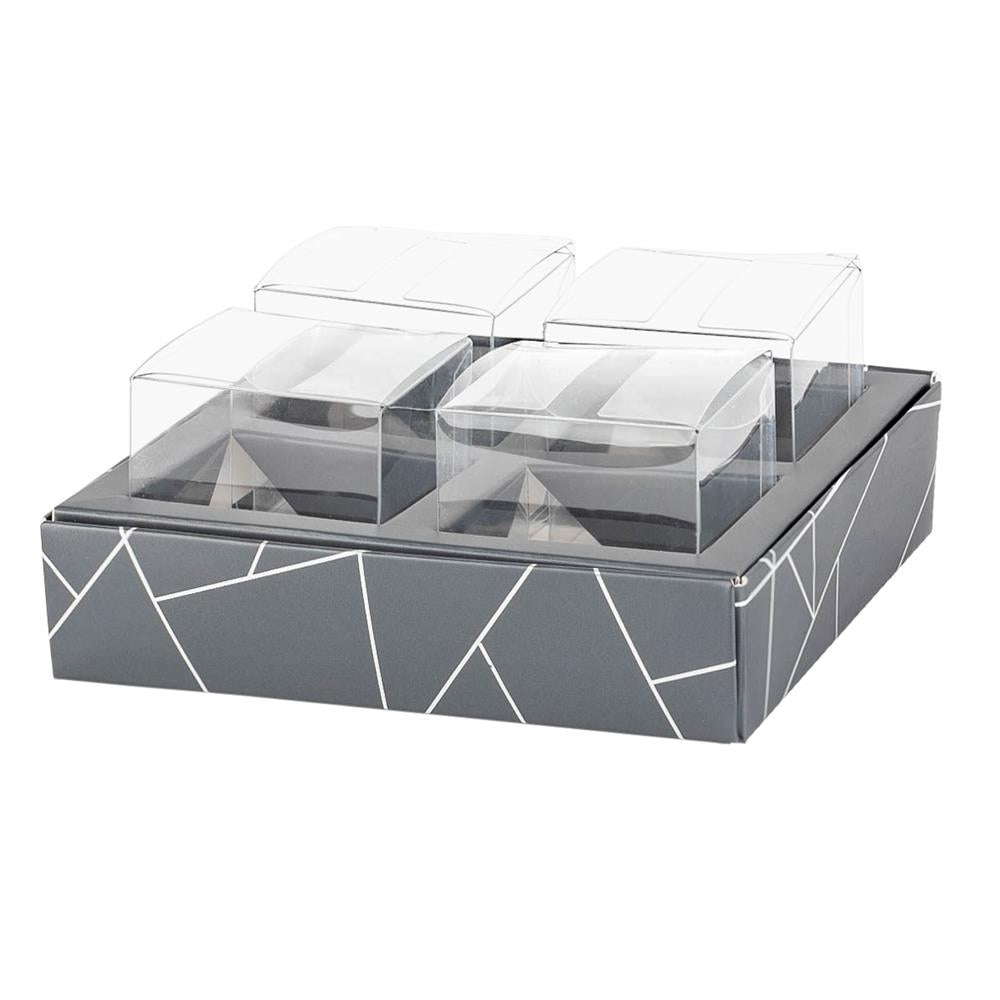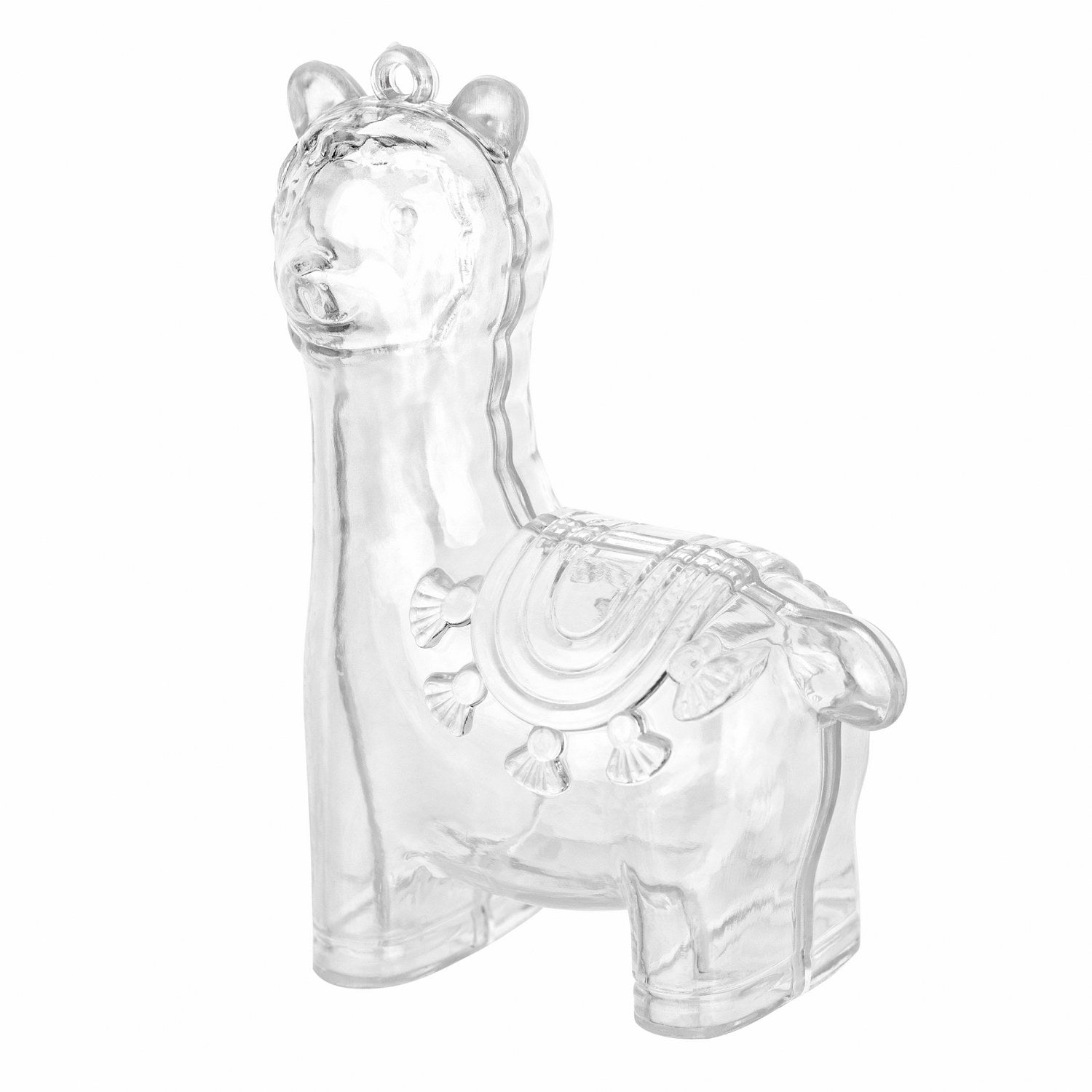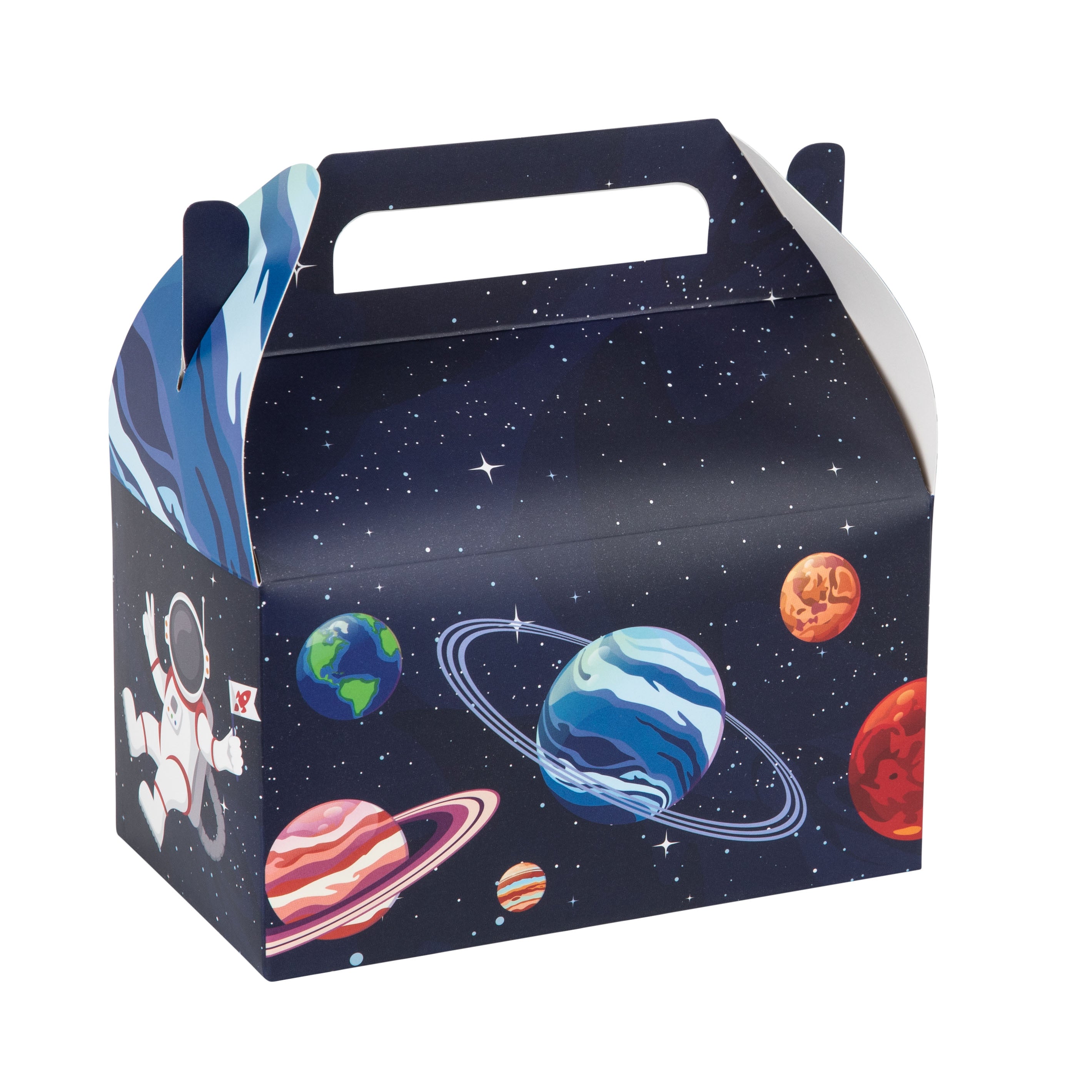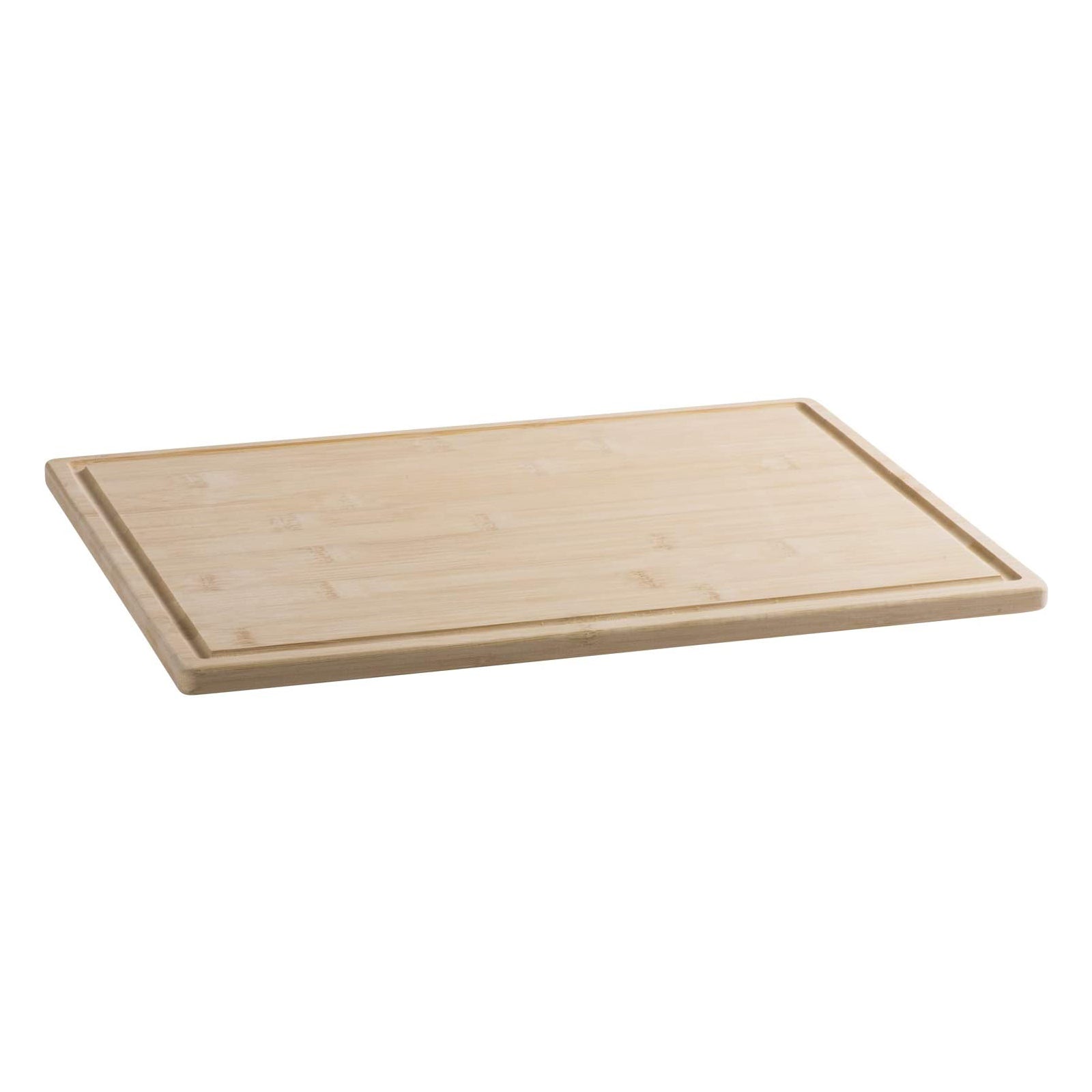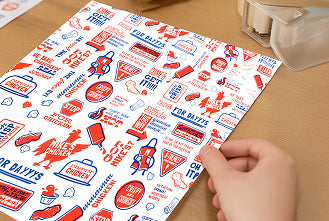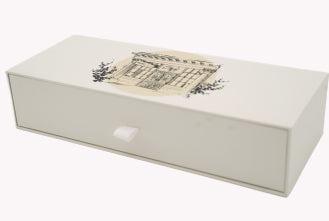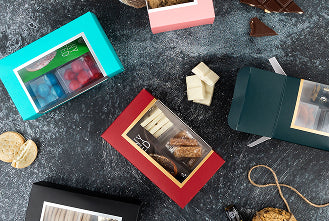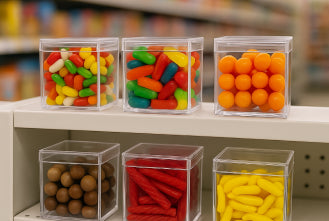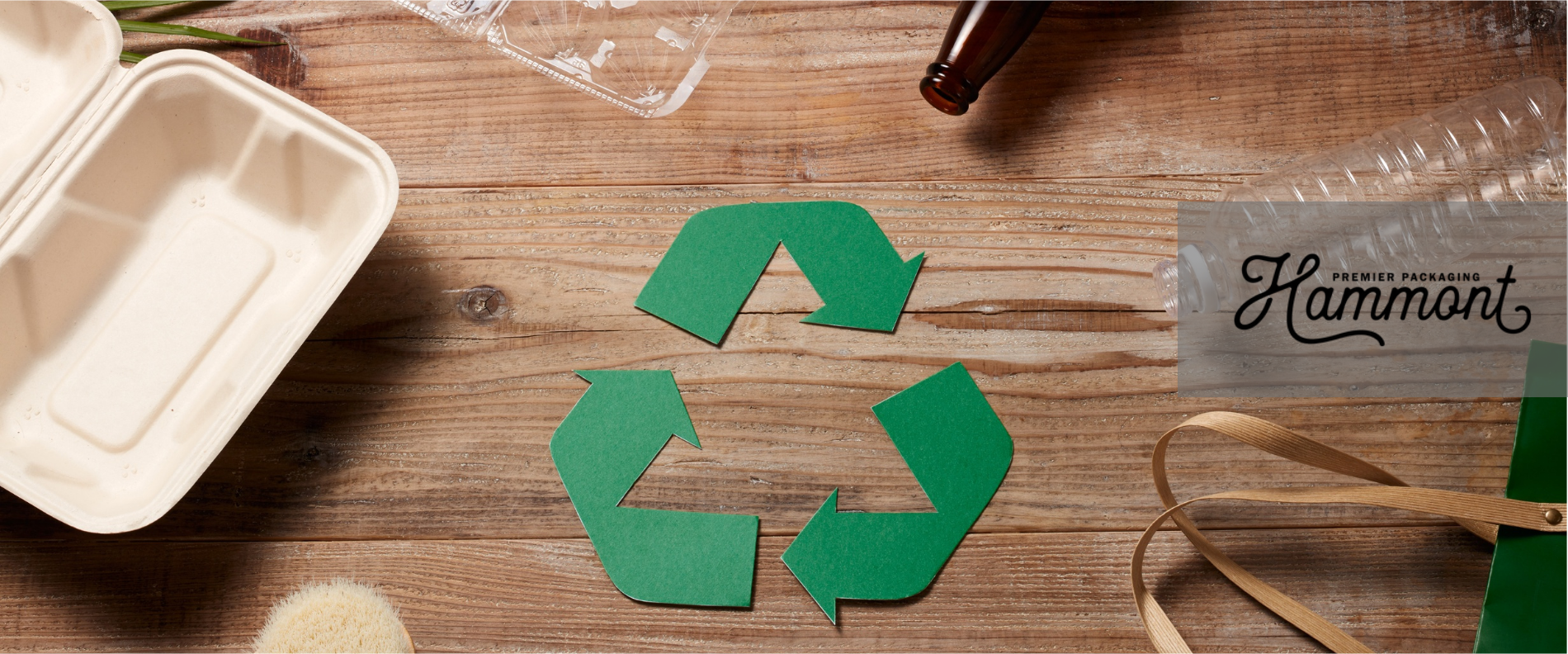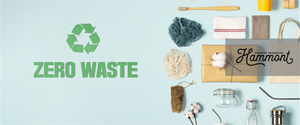In an era where consumers increasingly prioritize environmental responsibility, creating packaging that recipients can effortlessly recycle has become both a practical necessity and a competitive advantage. While recycling infrastructure varies globally, thoughtful design choices can significantly improve the likelihood that your packaging avoids landfills.
♻️ Key Takeaways
- Design for recyclability: Single-material packaging is easier for recipients and recycling systems to process.
- Label clearly: Help recipients recycle right by using instructions, not just symbols.
- Avoid contaminants: Eliminate glitter, foils, adhesives, and plastic-coated papers.
- Choose reusable containers: Wide-mouth jars, tins, and bags make reuse more likely.
- Consider local systems: Stick with universally recyclable materials like cardboard, paper, and glass.
- Progress matters: Small, consistent swaps help recipients reduce waste effortlessly.
Consider this: even the most eco-conscious recipient faces barriers when recycling complex packaging. Multilayer materials, unclear labeling, and contamination from adhesives or food residue all contribute to recycling confusion. By simplifying these decisions through intelligent design, businesses and individuals can transform packaging from an environmental burden into a recoverable resource! And, in turn, you can feel good about doing your part for our beautiful planet.
| Technique | Description | Best Practice Tip |
|---|---|---|
| Single-Material Construction | Packaging made from one material is easier to recycle and less prone to contamination. | Avoid plastic windows, metal springs, or mixed laminates. |
| Clear, Instructional Labeling | Goes beyond recycling symbols—gives actionable steps to the user. | Use labels like “Rinse & Recycle” or “Store Drop-off Only.” |
| Easy-to-Clean Packaging | Smooth surfaces and wide openings make jars and tins reusable. | Choose wide-mouth containers to encourage reuse. |
| Avoid Problematic Materials | Glitter, foils, plastic-coated paper, and sticky labels cause contamination. | Use kraft paper, twine, or water-soluble adhesives. |
| Respect Local Recycling Systems | Recycling varies—what works in one city may not in another. | Stick to universally accepted materials like paper and glass. |
| Optimize Size & Weight | Too much packaging creates waste; too little risks damage. | Right-size for balance and protection without excess. |
How to Make Packaging More Recyclable
The journey from recycling bin to reprocessed material involves multiple stakeholders—consumers, haulers, sorting facilities, and reprocessors—each with specific requirements. Success depends on designing for the entire system, not just selecting materials with recycling symbols. So, let’s start at the beginning….
Start with Single-Material Construction
Monomaterial packaging—constructed from a single type of plastic, paper, or metal—dramatically improves recycling outcomes. When different materials must combine, ensure they're easily separable; this can make it easier to recycle properly.
For instance, cardboard boxes with plastic windows should allow consumers to remove the window without tools or excessive effort. This principle extends to seemingly minor components: even small metal springs in pump dispensers can contaminate plastic recycling streams if not removed.
Implement Clear, Standardized Labeling
Recycling symbols alone fail to provide adequate guidance. The familiar chasing arrows with resin identification codes tell manufacturers about plastic types, but leave consumers guessing about local recyclability. Instead, implement comprehensive labeling that includes specific instructions, such as “Remove label and rinse before recycling” or “Recycle with plastics at store drop-off locations.”
Make it Easy to Clean & Reuse
One of the best parts of zero-waste gift wrapping is giving packaging that can be reused again and again. But for that to work, it needs to be simple to clean. When choosing jars, tins, or containers, opt for wide openings and smooth surfaces—these make it easy for the recipient to wash and repurpose them. A jar with a narrow neck or ridged sides can trap food or product residue, making it less likely to be reused.
For example, a wide-mouth glass jar is ideal for homemade cookies, bath salts, or spice mixes because it empties completely and rinses quickly. By contrast, a container that’s hard to clean may end up discarded, even if it’s technically reusable. Choosing packaging that’s practical as well as beautiful helps ensure your gift continues to have a life long after it’s opened.
Eliminate Problematic Materials
Some common wrapping materials look festive but actually create big problems when it comes to reuse or recycling. Shiny metallic foils, plastic-coated wrapping paper, glitter, and adhesive-heavy labels often can’t be recycled at all. Even if they go in the bin, they can contaminate entire batches of paper or plastic.

Instead, choose materials that are simple and compatible with recycling or reuse. Kraft paper, plain tissue, and fabric scraps all avoid these issues. For labels, opt for water-based glue or tie-on tags instead of sticky labels that leave residue. Skipping laminates, foils, and glitter may feel less flashy, but the end result is packaging that looks elegant, natural, and can actually be reused or recycled.
Consider Local Recycling Realities
Not all recycling systems are equal. What you can recycle in a large city might not be accepted in smaller towns. For example, plain cardboard and glass jars are almost always accepted, but certain plastics or compostable materials may not be. If your gift is going to a friend or family member in a different area, keep their options in mind.
When in doubt, stick with the simplest, most widely recycled choices—like paper, cardboard, and glass. Or better yet, give your gift in a reusable container such as a jar, tin, or cloth bag that doesn’t depend on local recycling systems at all.
Optimize Size and Weight
Using the right amount of material makes a difference. Oversized boxes or excessive layers of tissue might look impressive at first, but they create unnecessary waste. On the other hand, wrapping too tightly can damage delicate gifts.
Aim for balance—choose packaging that protects the gift without going overboard. For example, wrap a book in kraft paper tied with a string instead of placing it inside a large box stuffed with filler. Simple adjustments like this reduce waste while still delivering a beautiful unwrapping moment.
Plan for the Future
Packaging trends and recycling systems are always evolving. By sticking with timeless, widely recyclable materials—like paper, glass, fabric, and metal—you ensure your gifts stay eco-friendly no matter where or when they’re opened.
Over time, these small, consistent choices add up, reducing waste while making sustainable gifting second nature.
| Material / Practice | Recyclable | Reusable | Risk of Contamination | Eco-Friendly? ✅/⚠️/❌ |
|---|---|---|---|---|
| Kraft Paper | ✅ Yes | ⚠️ Limited | Low | ✅ |
| Foil Wrapping | ❌ No | ❌ No | High | ❌ |
| Wide-Mouth Glass Jar | ✅ Yes | ✅ Yes | Low | ✅ |
| Glitter-Coated Paper | ❌ No | ❌ No | Very High | ❌ |
| Metal Tin (No Coating) | ✅ Yes | ✅ Yes | Low | ✅ |
| Plastic with Adhesive Label | ⚠️ Sometimes | ⚠️ Sometimes | Medium | ⚠️ |
Small Steps Are Better Than No Steps
Making it easy for your gift wrapping to be recycled by the recipient isn’t about achieving perfection—it’s about progress. Each swap away from glitter, foils, and plastics toward reusable or recyclable materials keeps more waste out of landfills.
Often, by choosing simple materials, you’re already on the right track toward making sustainability part of any celebration!

